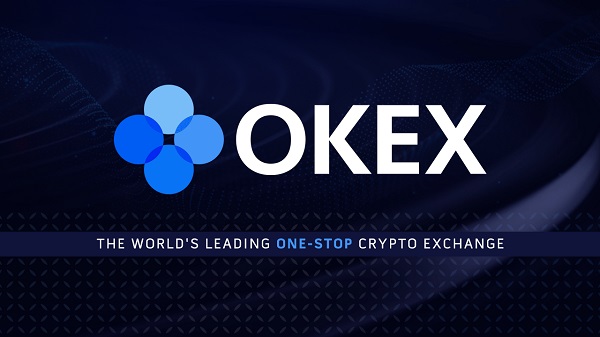
June has been a big month for Ethereum, with three recent testnet launched over the last month. A final one is due on June 26. These testnet releases are in the lead up to London hardfork.
The last year has been a big one for the Ethereum network as it ushered in Ethereum 2.0. The network upgrade is a series of adjustments. They include switching over to proof of stake (POS) and implementing transaction rollups.
As testnets for the London hardfork are made public, it can be observed how the network is pushing towards Eth2’s goals of a more scalable, safe, and sustainable ecosystem.
The importance of Eth2 hitting these benchmarks increases as network activity reaches all-time highs. This is due, in part, to the hype and engagement around NFTs and DeFi.
Post Berlin Hardfork
Only a few short months ago, the Ethereum network underwent the Berlin upgrade. This was a big moment for the network, especially the post-NFT boom.
Berlin’s Ethereum Improvement Proposals (EIPs) touched on the major issues being voiced by developers and users within the community. One of the key points was to transform how the network processes transaction fees.
This included lowering the gas costs and introducing a new transaction type to support multiple transactions at once (rollups). In addition, Berlin needed to be set in place to pave the way for the highly anticipated EIP-1559.
EIP-1559
EIP-1559 will be introduced with the London hardfork this July and will play off EIPs introduced with Berlin. The EIP affects the process that determines transaction fees. It will adjust fees so that the lowest bid for the block is what users are charged.
Fees are then burned to reduce the overall supply of ether. This creates deflation of the cryptocurrency. Fees will fluctuate based on the momentary network demand. If there is major congestion, fees will rise. The opposite is also true.
Ethereum developer Tim Beiko tweeted about how the network is finding solutions,
“Post-1559, a simple return value may not be the best approach. If we return a single value, as was suggested by adding an `eth_maxPriorityFeePerGas` endpoint, it may lead to people overpaying because they rely on a value that may be out of date or biased by recent high prices.”
He explains that clients will have the ability to return data on gas usage and fees to alert other wallets of congestion and priority fees.
London hardfork changes are only temporary
While the changes implemented with London are temporary in the lead up to the final Ethereum 2.0 evolution, they are nonetheless anticipated.
The two major changes with London are associated with mining and transaction fees, as mentioned with EIP-1559.
Other EIPs apart of the London upgrade include:
EIP-3198: BASEFEE opcode, which returns the value of the base fee of the block in question.
EIP-3529: Reduction in refunds, removes gas refunds for SELFDESTRUCT. It also reduces gas refunds for SSTORE.
EIP-3541: This EIP rejects new contracts which start with the “0xEF byte”.
EIP-3554: This EIP looks forward to December 1st, 2021, potentially with the Shanghai upgrade. It intends to delay the difficulty bomb.
The difficulty bomb is a highly anticipated moment. It is built into the Ethereum network and makes mining extremely difficult.
When reached, the time to mine a new block will skyrocket. This decreases profitability for miners and increases transaction time. The difficulty bomb is a tactic made by developers to force miners to work on Eth2.0.
At this point, the blockchain would reach the bomb too soon. Therefore, this EIP delays that detonation.
Network activity boom
As with other hardforks and upgrades, London has been received with some skepticism in the community.
The main concerns come from miners, whose work will be altered. Fees could decrease, and mining may become more centralized. Nonetheless, what happens with London is only momentary in the lead-up to the 2.0 overhaul.
On the other hand, users will no longer select gas prices. Instead, those making a transaction will only pay a base fee. Already, this year saw huge reductions in gas prices.
These upgrades pave the way to make that a constant reality. In addition, this feature leans more user-friendly and coincides with a surge in network activity.
Ethereum’s transition to Eth2.0 garners interest due to the promise of lower fees and the switch to POS that will up security and lean more environmentally friendly.
As NFTs become more mainstream and more users interact with the Ethereum ecosystem, these two aspects become even more crucial to network functionality.
As the Ethereum network continues its evolution, only time can reveal how the system’s new functionality lines up for miners, users, and developers.
Disclaimer
All the information contained on our website is published in good faith and for general information purposes only. Any action the reader takes upon the information found on our website is strictly at their own risk.






Be the first to comment